Architectural Bourgeois Paris 19th Century
Embarking on an exploration of 19th-century Parisian architecture unveils a world where opulence and sophistication converged to shape the city’s iconic skyline. The grand structures that emerged during this era are not merely physical entities but embodiments of cultural, social, and artistic intricacies that define Paris to this day.
Each building, with its ornate facades and intricate interiors, narrates a story of heritage and innovation. As we navigate through the architectural tapestry of Bourgeois Paris in the 19th century, we uncover a realm where history, art, and society intersect in a mesmerizing display of creativity and legacy.
Key Points
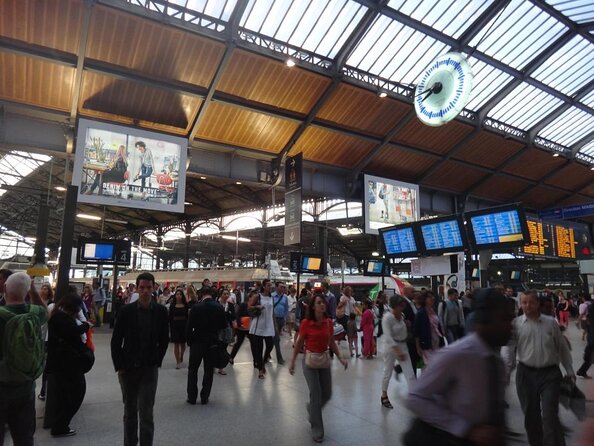
- Blend of Neoclassical, Second Empire, and Haussmannian styles exemplifies architectural diversity.
- Parisian architecture reflects social status and aspirations through opulent materials and design.
- Urban development integrates green spaces and public infrastructure, reshaping the city.
- Preservation efforts balance historical conservation with modern longevity challenges.
Historical Context

Exploring the historical context surrounding bourgeois architecture in 19th Century Paris unveils a captivating narrative of societal evolution intertwined with architectural development.
The economic implications of this period were profound, with the rise of the bourgeoisie leading to a demand for opulent homes and grand structures that reflected their newfound wealth and status.
This architectural movement also held significant cultural significance, as it represented a shift towards a more individualistic and materialistic society.
The construction of elaborate townhouses and ornate buildings not only reshaped the Parisian skyline but also symbolized the changing values and priorities of the era.
Understanding the historical context of bourgeois architecture in 19th Century Paris provides valuable insights into the social dynamics and aspirations of the time.
Architectural Characteristics
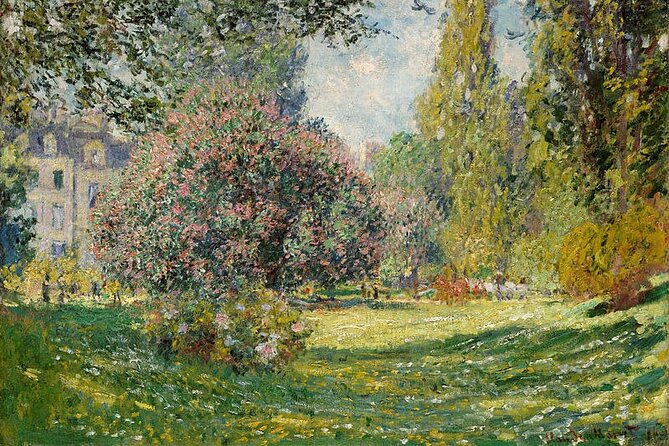
Amidst the bustling streets of 19th Century Paris, the architectural characteristics of bourgeois buildings exuded a grandeur that mirrored the opulence and prestige of the burgeoning upper class. These structures showcased a blend of architectural styles, including Neoclassical, Second Empire, and Haussmannian, characterized by symmetrical facades, ornate decorations, and grand entrances.
Construction materials such as stone, marble, and wrought iron were meticulously chosen to enhance the elegance and durability of these buildings. Intricate cornices, balconies, and large windows were common features that added a touch of sophistication to the exterior.
The meticulous attention to detail in the design and construction of these bourgeois buildings reflected the aspirations and social status of the affluent residents of Paris during this period.
Influence on Urban Development
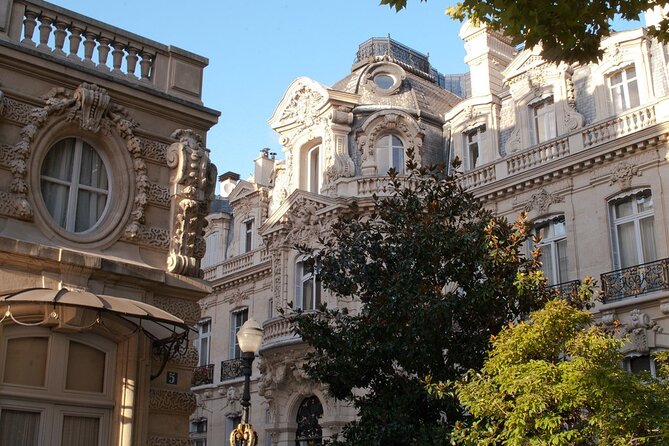
The architectural magnificence of bourgeois buildings in 19th Century Paris not only symbolized the opulence of the upper class but also significantly influenced the urban development of the cityscape. These buildings played a pivotal role in shaping urban planning and had a profound cultural significance.
-
Integration of Green Spaces: Incorporation of gardens and parks within the architectural designs contributed to the concept of urban greenery.
-
Street Layout Enhancements: Streets surrounding bourgeois buildings were often widened and beautified, leading to improved traffic flow and pedestrian access.
-
Public Infrastructure Development: The construction of grand boulevards and squares facilitated social gatherings and events, enhancing the city’s vibrancy.
-
Architectural Diversity: The eclectic mix of architectural styles promoted artistic expression and enriched the city’s cultural tapestry.
-
Influence on Modern Urban Planning: The legacy of bourgeois architecture continues to inspire contemporary urban planners in creating functional and aesthetically pleasing cityscapes.
Notable Architects and Designs
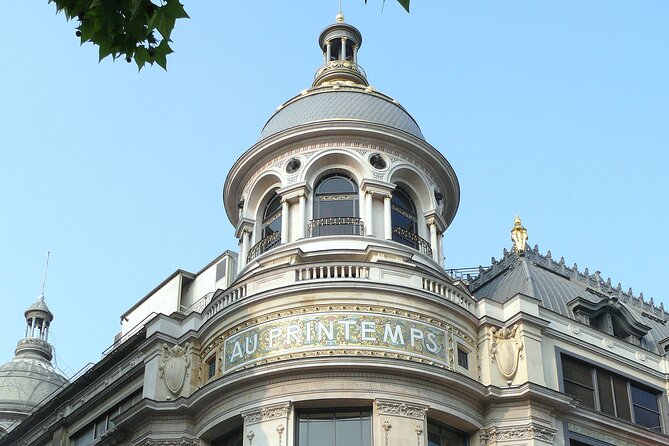
Prominent architects of the 19th Century in Paris, renowned for their innovative designs, left an indelible mark on the city’s architectural landscape through their distinctive creations. Architects like Georges-Eugène Haussmann, known for his grand boulevards and urban planning, significantly influenced the city’s layout.
Gustave Eiffel’s iconic Eiffel Tower, a marvel of architectural innovation, stands as a testament to Paris’s modern interpretations of design. Charles Garnier’s Opéra Garnier exemplifies the opulence and grandeur of the era with its ornate façade and lavish interiors.
These architects pushed boundaries, blending classical elements with new technologies to create architectural marvels that continue to inspire awe and admiration today. Their contributions have shaped Paris into a city known for its architectural diversity and creativity.
Societal Impact and Reactions
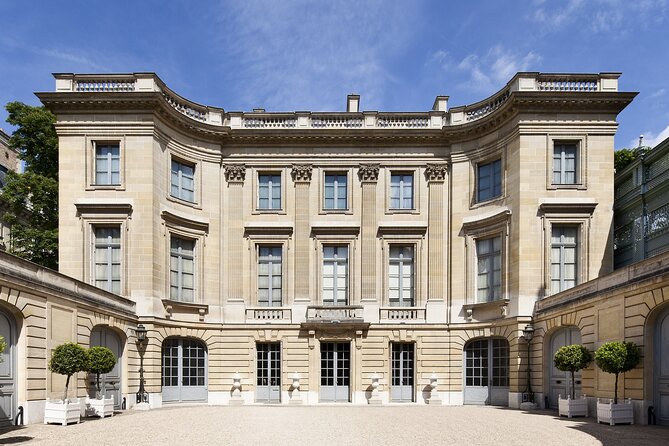
Exploring the societal impact and reactions to the innovative architectural designs of the 19th Century in Paris reveals a complex interplay between tradition and modernity. The public perception of these architectural marvels varied, reflecting the diverse cultural significance they held. Some embraced the new styles as symbols of progress and sophistication, while others viewed them as a threat to the traditional Parisian aesthetic. Reactions ranged from awe and admiration to skepticism and resistance, highlighting the shift in architectural norms during that era. The fusion of old and new elements in these designs sparked debates about preserving heritage versus embracing innovation, shaping the city’s skyline and identity.
- Varied Public Perception: Opinions on the architectural designs differed widely.
- Cultural Significance: Buildings reflected changing societal values and aspirations.
- Debates on Tradition vs. Modernity: Struggles between preserving heritage and embracing innovation.
- Architectural Identity: Shaped Paris’ skyline and cultural identity.
- Reactions to Innovation: Responses ranged from admiration to skepticism.
Preservation and Restoration Efforts

Amidst the ever-evolving urban landscape of Paris, meticulous preservation and restoration efforts are underway to safeguard the architectural legacy of the 19th-century bourgeois structures. Facing preservation challenges such as weathering, pollution, and aging materials, experts employ a variety of restoration techniques to maintain the grandeur of these historic buildings.
From delicate cleaning processes to structural repairs using traditional craftsmanship, each restoration project aims to revitalize these architectural gems while staying true to their original design and historical significance. The careful balance between preserving the authenticity of the past and ensuring the longevity of these structures for future generations remains at the core of these restoration endeavors, highlighting the commitment to conserving Paris’s rich architectural heritage.
Visitor Experiences and Recommendations
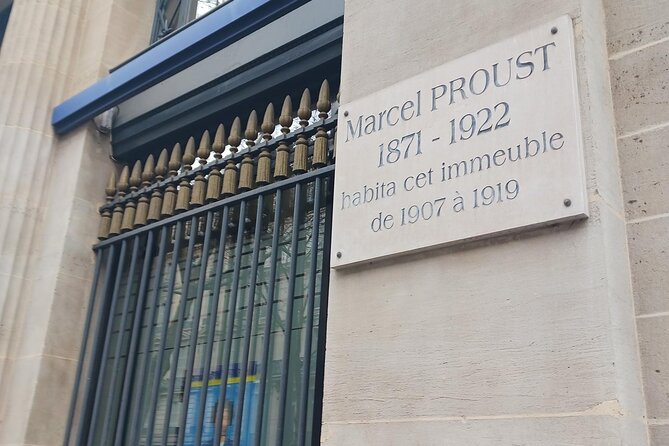
Visitors to Paris are immersed in a rich tapestry of architectural history, offering a myriad of experiences and recommendations to enhance their exploration of the city’s 19th-century bourgeois architecture. When exploring these architectural marvels, visitors can gain a deeper understanding through the following:
-
Guided Tours: Engage with knowledgeable guides to learn about the historical significance and design elements of bourgeois buildings.
-
Interactive Exhibits: Visit museums or exhibitions showcasing architectural evolution and design influences of the 19th century.
-
Architectural Walks: Take self-guided walks through neighborhoods like Le Marais to appreciate the diverse architectural styles.
-
Virtual Reality Experiences: Enjoy virtual tours to experience the grandeur of bourgeois architecture up close.
-
Local Insights: Interact with locals to gain unique perspectives on how bourgeois architecture has shaped Parisian culture and identity.
Common questions

Are There Any Hidden Architectural Gems From the 19th Century in Paris That Are Often Overlooked by Tourists?
Hidden gems in architectural preservation throughout Paris offer travelers a glimpse into the city’s historical significance. Unnoticed by many visitors, these structures hold unique stories and exquisite details that enrich the Parisian experience.
How Did the Political Climate of the 19th Century Influence the Architectural Trends in Bourgeois Paris?
The political climate of the 19th century significantly shaped the architectural trends in Paris, particularly influencing the design and construction of bourgeois buildings. This era saw a fusion of historical revival styles and modern innovations, showcasing societal values and power dynamics through architecture.
What Materials Were Commonly Used in the Construction of Bourgeois Buildings in 19th Century Paris?
Construction techniques in 19th-century Parisian bourgeois buildings embraced a blend of traditional and modern materials. Stone, wrought iron, and glass were commonly used, reflecting an evolution in architectural styles. These structures epitomized a fusion of elegance and practicality.
How Have Modern Urban Developments Impacted the Preservation of 19th Century Bourgeois Architecture in Paris?
Urban gentrification in Paris has impacted the preservation of 19th-century bourgeois architecture by introducing modern developments that often clash with cultural heritage. Efforts in architectural conservation aim to balance progress with safeguarding the historic charm of the city.
Are There Any Specific Regulations or Guidelines in Place to Protect and Maintain the Integrity of 19th Century Bourgeois Buildings in Paris?
Regulatory restrictions and preservation efforts in Paris aim to protect the integrity of 19th-century bourgeois buildings. Stringent guidelines govern alterations and ensure historical authenticity. Collaborative initiatives between authorities and stakeholders safeguard these architectural treasures for future generations to appreciate.
Last Words
To sum it up, the architectural landscape of 19th-century Paris reflects the opulence, sophistication, and cultural dynamics of the Bourgeois era. Through a meticulous examination of these structures, one can uncover the historical significance and enduring allure of these architectural marvels.
From ornate facades to intricate interior designs, each building tells a unique story of Parisian heritage and innovation. The preservation and restoration efforts contribute to the continued appreciation and understanding of the architectural tapestry of Bourgeois Paris in the 19th century.